ISSN ONLINE(2319-8753)PRINT(2347-6710)
ISSN ONLINE(2319-8753)PRINT(2347-6710)
A.Surender paul1, G.Dinesh kumar2
|
| Related article at Pubmed, Scholar Google |
Visit for more related articles at International Journal of Innovative Research in Science, Engineering and Technology
Supersonic combustion ramjets or scramjets offer significant performance benefits over other propulsion technologies for atmospheric flights at hypersonic speeds, as a result of their ability to extract the oxygen for combustion from the atmosphere.Supersonic combustion in scramjet is still a challenging one. The complexity of supersonic combustion involves turbulent mixing, shock interaction and heat release in supersonic flow. This project deals with the enhancement of supersonic combustion by breaking down the streamwise vorticity and enhancing the rate of fuel air mixing in supersonic combustion. The amplification of stream wise vorticity is achieved out of the interaction between an oblique shock and fuel injector.
Keywords |
| supersonic combustion,turbulence mixing, Shockwave interaction, oblique shock |
INTRODUCTION |
| An airplane propulsion system must serve two purposes. First, the thrust from the propulsion system must balance the drag of the airplane when the airplane is cruising. And second, the thrust from the propulsion system must exceed the drag of the airplane for the airplane to accelerate.In fact, the greater the difference between the thrust and the drag, called the excess thrust, the faster the airplane will accelerate. A scramjet is a variant ofthe ram jet air-breathing combustion jet engine in which the combustion process takes place in supersonic air flow. As in ram jet, a scramjet relies on high vehicle speed to forcefully compress and decelerate the incoming air before combustion, but whereas a ram jet decelarates the air to subsonic velocities before combustion, air flow in a scramjet is supersonic throughout the entire engine. This allows the scramjet to efficiently operate at extremely high speed: theoretical projections place the top speed of a scramjet between Mach 12 and Mach 24, which is near orbital velocity. The mixing and diffusive combustion of fuel and air in scramjet engines take place simultaneously in the combustor. However, the incoming supersonic flow can stay in the combustor only for a very short time, which will restrict the scramjet engine design. |
BASIC PRINCIPLE |
| Shock Induced combustion ramjet engine is a new conceptual propulsion system which is similar to conventional scramjet engines using airframe integrated design, as shown in Figure 1. The oblique plane below the leading portion of the airframe is designed as an external compression or mixing – compresssion inlet, where the inflow is compressed .The combustor locates in the lower part of the middle section, and the posterior segment is the nozzle. Fuel is injected at the inlet, with methods to enhance the mixing efficiency of fuel and air before their entry into the combustor. Then a normal shock wave is genarated by the wedge or blunt body in the front of the combustor, which ignites the supersonic mixture rapidly. This ignition and combustion mode is called shock-induced combustion. |
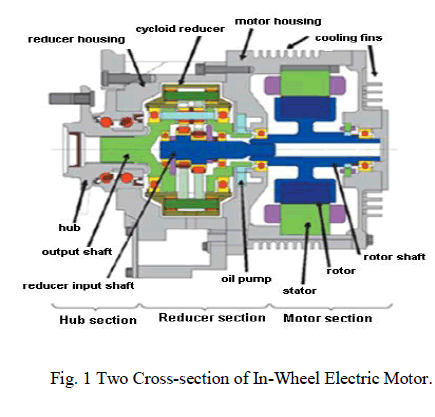 |
| Scram jets are designed to operate in the hypersonic flight regime, beyond the reach of turbojet engines, and along with ramjets, fill the gap between the high efficiency of turbojets and high speed of rocket engines. Turbo machinery-based engines, while highly efficient at subsonic speeds, become increasingly inefficient at transonic speeds, as the compressor fan found in turbojet engine require subsonic speeds can be decelerated to these conditions, doing so at supersonic speeds results in a tremendous increase in temperature and a loss in total enthalpy of the flow. Around Mach 3+, turbo machinery is no longer useful, and ram-style compression becomes the preferred method. |
| Ramjets utilize high speed characteristics of air to literally ‘ram’ air through inlet nozzle into the combustor. At transonic and supersonic flight speeds, the air upstream of the nozzle is not able to move out of the way quickly enough, and is compressed within the nozzle before being diffused into the combustor. Combustion in a ram jet takes place at subsonic velocities, similar to turbojets, but the combustion products are then accelerated through a convergentdivergent nozzle to supersonic speeds. As they have no mechanical means of compression, ramjets cannot start from a stand-still and generally don’t achieve sufficient compression until supersonic flights. The lack of intricate turbo machinery allows ramjets to deal with the temperature rise associated with decelerating a supersonic flow to subsonic speeds, but this goes so far: at near hypersonic velocities, the temperature rise and inefficiencies discourage decelerating the flow to the magnitude found in ramjet engines.For a scramjet, the kinetic energy of the free stream of the air entering the scramjet engine is large comparable to the energy released by the reaction of the oxygen content of the air with the fuel. Thus the heat released from combustion at Mach 25 is around 10 percent of the total enthalpy of the working fluid. Depending on the fuel, the kinetic energy of the air and potential combustion heat release will be equal at around Mach 8. Thus the design of a scramjet engine is as much about minimizing the drag as maximizing the thrust. |
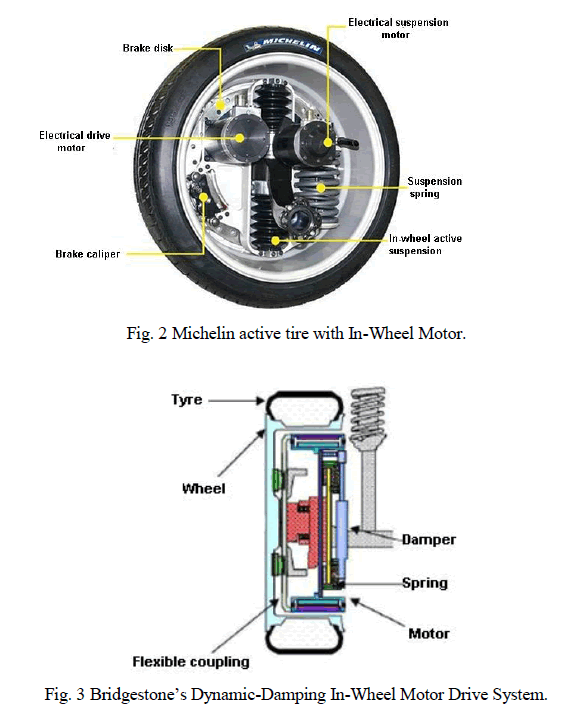 |
| flow and requires that the fuel injection and mixing be extremelyefficiency. SCRAMJET COMBUSTOR |
| Mixing, Ignition and flame holding in a scramjet combustor: |
| Among the three critical components of the scramjet engine, the combustor presents the most formidable problems. The complex phenomenon of supersonic combustion involves turbulent mixing, shock interaction and heat release in supersonic flow. The flow field within the combustor of scramjet engine is very complex and poses a considerable challenge in design and development of a supersonic combustor with an optimized geometry. Such combustor shall promote sufficient mixing of the fuel and air so that the desired chemical reaction and thus heat release can occur within the residence time of the fuel-air mixture. In order to accomplish this task, it requires a clear understanding of fuel injection processes and thorough knowledge of the processes governing supersonic mixing and combustion as well as the factors, which affects the losses within the combustor. The designer shall keep in mind the following goals namely, |
| i. Good and rapid fuel air mixing |
| ii. Minimization of total pressure loss |
| iii. High combustion |
| DEFINITONS |
| (a) Turbulence Mixing: |
| When a flow of liquid or air becomes large, the streamlines become irregular and parcels of the flowing substance begin to move in a highly irregular path while maintaining a net downstream velocity. |
| (b) Shock wave: |
| Shockwave is a large amplitude compression wave, as that produced by an explosion or by supersonic motion of a body in a medium. Across a shock there is always an extremely rapid rise in pressure, temperature and density of the flow, usually caused by a body moving supersonically in a gas. |
| (b) Oblique Shockwave: |
| An oblique shockwave, unlike a normal shock is inclined with respect to the incident upstream flow direction. It will occur when a supersonic flow encounters a corner that effectively turns the flow into itself and compresses. |
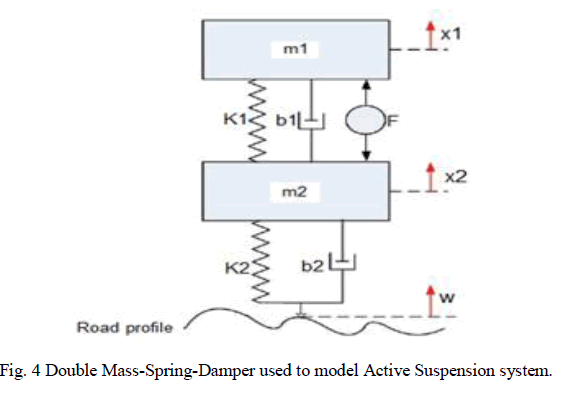 |
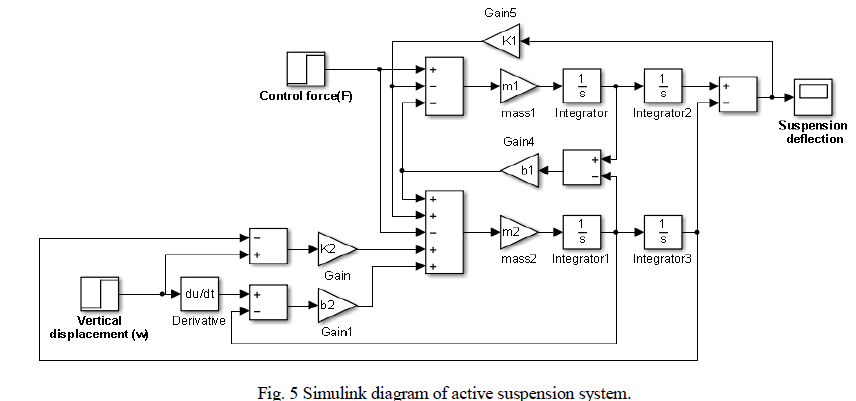 |
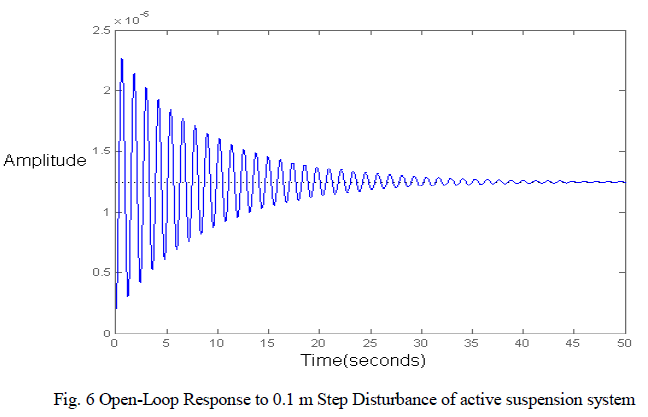 |
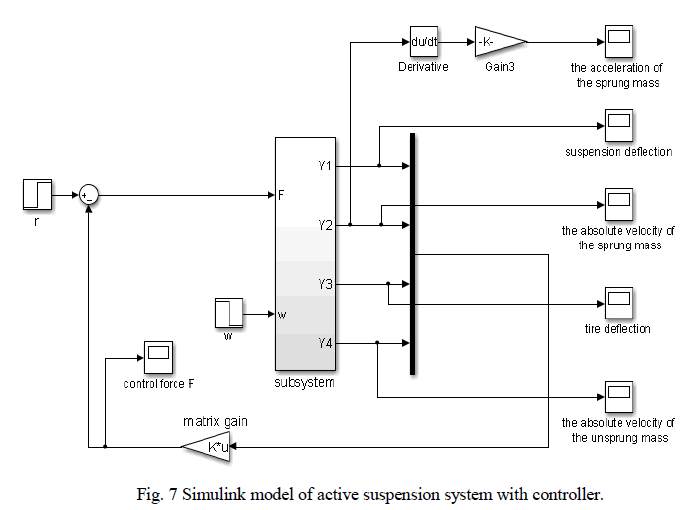 |
| be analysed before and after placing the fuel injector in the combustor model. |
CONCLUSION |
| Hereby, concluded that from the above analysed model, the velocity and pressure variations which produces the shock wave interaction in the combustor model has been determined and also the turbulence mixing has been analysed with shock wave interaction before injecting the fuel. With these analysed mixing the combustion efficiency can be increased and also there will be consistent fuel air mixing. |
| With these above considerations, the future enhancement will be placing fuel injector in the combustor model and again the turbulence mixing is to be analysed with the shock interactions after injecting the fuel, which will result in a increased rate of fuel air mixing in the scram jet combustor model and better combustion efficiency in the combustor model. |
References |
|